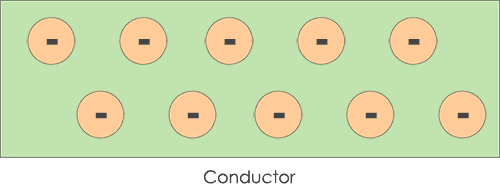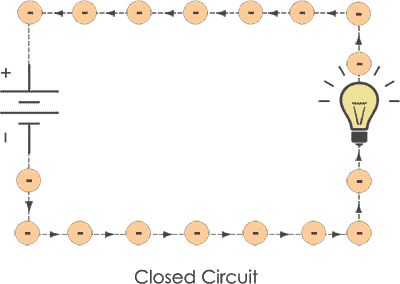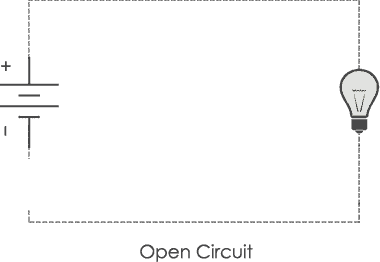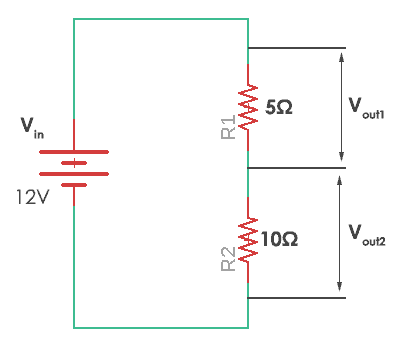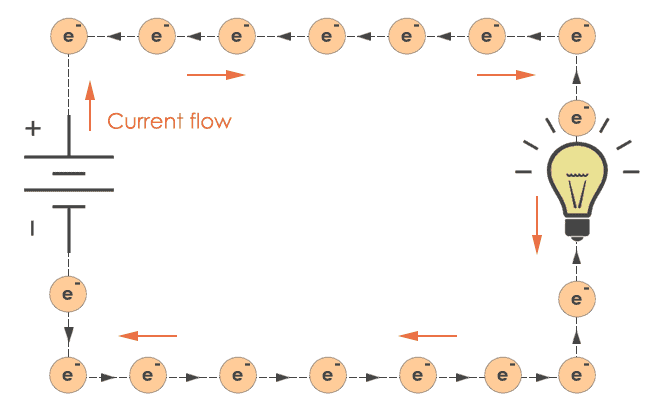Every electronic circuit works under two electrical quantities, current and voltage and it is not possible to detect voltage and current with our naked eye.
This tutorial is for beginners who are new to electronics. In this article, you will explore about current, voltage, difference and their working.
But, before going to know the definition of current and voltage you need to understand the fundamentals related to electricity.
Electronics controls electricity. What does it mean? Electricity is the flow of electrons in an atom (smallest particle that cannot be divided further). Electrons revolve around the nucleus in a circular manner.
To move electrons out of the atom and stimulate current it is necessary to apply external force pushing the electrons from negatively charged atoms to positively charged atoms. This is often called current represented by the symbol ‘I’.
Electric Charge and Coulomb’s Law
Charge (electrostatic charge) in electricity denoted by ‘q’ feels forced when kept in an electromagnetic field. There are two types of charges, namely positive and negative. According to Coulomb’s law, like charges repel and opposite charges attract each other.
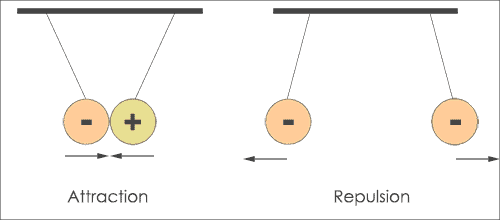
For example, when one electron (negative charge) and one proton (positive charge) are placed close to each other, both of them will get attracted. When both are electrons or protons they will force back immediately.
Electrons in a conductor have a negative charge, i.e. they move towards the positively charged particles.
What is Current?
Current is defined as the flow of free electrons in a conductor (wire) continuously.
The unit of current is ampere named after French physicist André-Marie Ampère. One Ampere of current is equal to one coulomb (C) of charge. The term charge is important in electricity. As we discussed electrons relocate from negative area to positive side.
Note: 1Ampere = 6.24 × 1018 electrons flowing through a point per second
What is Voltage?
Whereas voltage energies current around an electric circuit, making the electrons to travel around creating an electric current. Voltage acts as a pushing force.
Voltage is the electrical potential energy per one charge. It is quantified in joules per coulomb (Volts). A common example of a volt is an electrical battery. A battery has two ends, namely positive and negative. Technically voltage is the relative difference between these two points (+Ve and –Ve).
1Volt = 1 Joule of Electrical Potential per 1 Coulomb of charge
Voltage is often referred to as Electromotive Force (EMF) or tension named after physicist (inventor of electrical battery).
To measure the voltage offered by a battery a standard digital Multimeter is used.
Working
Here is a small example to illustrate the working of voltage and current.
Bulb ON
A battery source is connected to a bulb. The energy potential is created due to the chemical reaction cumulating inside the battery. The battery has two ends positive side and a negative side. The negative terminal has more negative charge. As the electrons are negatively charged particles they move away from each other (repel) towards the positive side of the battery.
Bulb OFF
When the circuit is open the electrons drift away and there is no current flow in the circuit. Now the bulb is in off condition.
Relation between Voltage and Current
The relationship between voltage and current is linear, i.e. as the voltage in a circuit increases current increases rapidly. Similarly, when the voltage decreases in a circuit it draws low current.
The common doubt for newbies is how current flows in a circuit for a given voltage? Is it from positive side to negative side or negative terminal to positive end? The reality is current starts from the negative side of voltage sources and ends at the positive terminal.
For ease of understanding, current is considered to move from the positive terminal to the negative terminal. This current is often called conventional current.
Difference between Voltage and Current
| Voltage | Current |
|---|---|
| Difference in electrical charge between two points | Rate of flow of electrical charge |
| Voltage can subsist without current | Current cannot flow without voltage |
| Represented by symbol ‘V’ | Represented by symbol ‘I’ |
| Units are Volts | Units are Amperes |
| Driving force for electrical circuits | Flow of electrons in a circuit |
Applications
- Used in power electric motors.
- In Bulbs
- To carry useful binary information in communication devices.
- Electric vehicles
- Batteries
- Cell phones
What’s next?
Voltage and current are the primary parameters that define the working of semiconductor devices, linear electronic circuits, electrical measurement meters, DC circuits, and AC circuits. In the coming tutorials, you will explore about how voltage and current are related to each other and how to apply them in real life.


